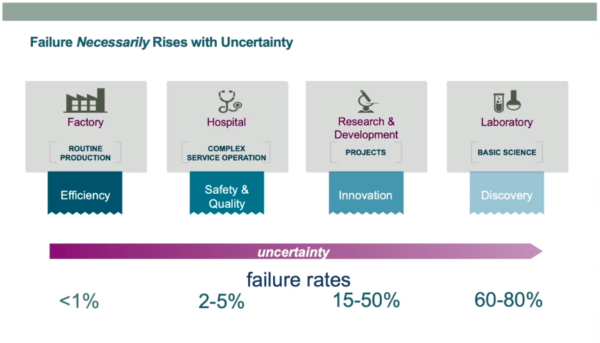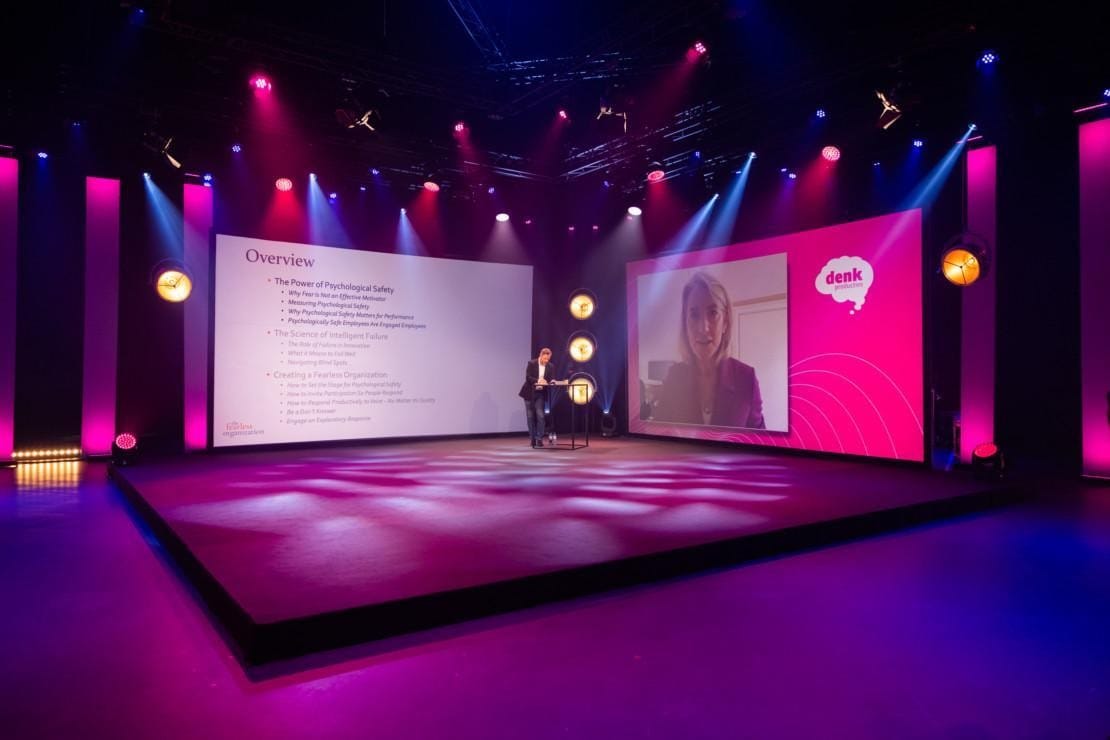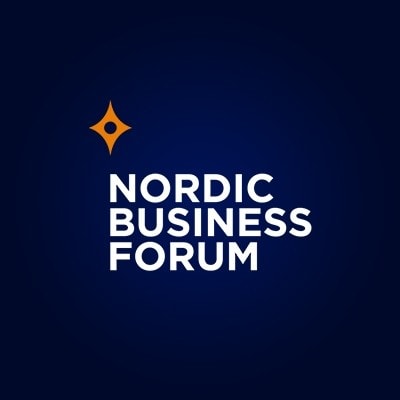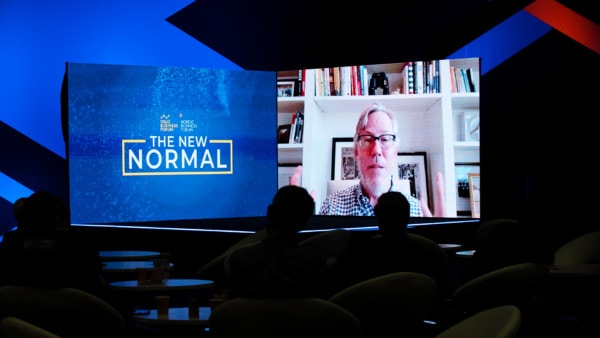3Jun2021
On 1 June, our friends at DenkProducties organized a virtual masterclass with Harvard professor Amy Edmondson. The half-day course focused on providing insights on how to enhance psychological safety in organizations. A crucial part of creating psychological safety is failing and accepting failure. What Amy however highlighted was the fact that not all failure is good. What is the difference between different mistakes and how can you fail in an intelligent way?
Here, we give you a brief overview of what Amy taught us about failure at the masterclass.
The Role of Failure in Today’s Organizations
To begin with, Amy shared three famous quotes about failure:
- “The only man who never makes a mistake is the man who never does anything.” – Theodore Roosevelt
- “I’ve missed more than 9,000 shots in my career. I’ve lost almost 300 games. Twenty-six times I’ve been trusted to take the game-winning shot and missed. I’ve failed over and over and over again in my life. And that is why I succeed.” – Michael Jordan
- “I have not failed. I’ve just found 10,000 ways that won’t work.” – Thomas A. Edison
According to Amy, these types of popular quotes already give us some idea that failure is not a topic we should be allergic to. “But, we all know it’s not that easy.” Failure often is a double-edged sword that has both good and bad aspects to it.
The problem is that the classic management paradigm falls short in today’s uncertain world as it assumes predictability, emphasizes efficiency, and sees failure as a sign of incompetence. “Today what we need far more often is what I call innovation logic.” Amy explained that this logic assumes uncertainty, emphasizes speed and experimentation, and sees smart failing as essential to progress.
The Different Types of Failures
Failure comes in various shapes and forms. Amy underlined that it’s important to make a distinction between the different types. First, Amy talks about the different words we use for failure.
“Failure is an outcome that deviates from expected and desired results.” Amy stated that failure and error are not synonyms as errors are unintended deviations from pre-specified standards as rules, procedures, and policies. Some failures are due to errors, while others are not.
She then presented the 3 quintessential types of failures:
- Simple failures ( = mistakes). These failures are the ones where we know how to do it right, but for some reason, the process didn’t go right.
- Compex failures ( = accidents). In these failures, a set of factors come together in a novel way despite the reasonably familiar contexts.
- Intelligent failures ( = discoveries). These are the undesired results of thoughtful forays into new territory.
The key according to Amy for any organization would be to get good at distinguishing among these different types of failures. Furthermore, we should learn how to celebrate the discoveries while figuring out ways to minimize the number of mistakes and accidents.
What it Means to Fail Well
“Failure is not all bad …but failure is not all good either.” Despite the fuzz and buzz around failure, Amy emphasized that not all failure is good. As she stated by distinguishing the different types of failures, the aim should be to get good at intelligent failures.
But what then is an intelligent failure? Amy actually presented 6 elements of intelligent failure:
- The opportunity explored is significant. “You need to be looking at taking risks in something that matters for your mission.”
- The outcome will be informative. “The outcome is such that you will learn from it.”
- The cost and scope are relatively small (just large enough to be informative). “This is important; the cost and scope need to be as small as possible to still be informative.”
- Key assumptions are explicitly articulated. “You have to specify what you are testing or interested in figuring out.”
- The plan will test those assumptions. “The experiment you are doing needs to test the assumptions you have articulated.”
- The risks of failure are understood and mitigated to the extent possible. “In terms of the organizational culture, the higher-ups need to be blessing these kinds of experiments.”
Amy further underlined that in order to understand failure and fail well, we need to understand success. “In order to have a deep appreciation of failure, we have to have a better, more nuanced, understanding of what success means. And realize that the answer to that question depends on the context.”
Success might equal efficiency, it might be driven by safety and quality, or it could mean innovation or even discovery; it varies between organizations. The more your success is related to innovation or discovery the more uncertainty it prevails. And when uncertainty goes up, so do the failure rates. So, always start by asking: “Where is this work/project/team on this spectrum?”

To conclude, Amy presented her suggestion for a smart failure strategy:
- Reduce simple failures. You need to make sure that you have the basics under control in your organization. “Do this through training, aspiration, and helping people.”
- Anticipate and mitigate complex failures. You need to be aware and vigilant. “This is what higher liability organizations do: despite the possibility of failure around every corner they are on top of it.”
- Promote intelligent failures. You need to embrace and encourage these types of failures in your organization. “We want more of these, not fewer.”
However, remember that no matter what type of a failure you experience, “it is still absolutely crucial to learn from it”.

 by:
by: 

